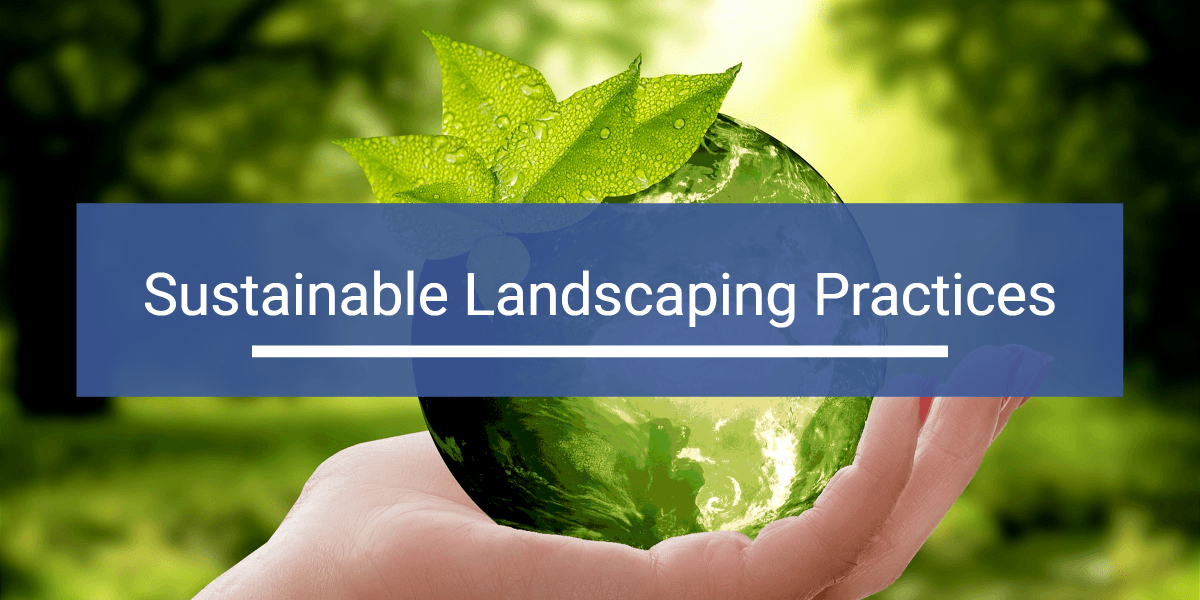
12 Dec Sustainable Landscaping Practices
You may not consider ‘sustainability’ as a factor when it comes to planning your landscaping. However, when thinking about landscape practices, choosing sustainability doesn’t limit what you can do. You may need to go about your landscaping project in a different way, but there are many designs, updates, and additions to your landscape that you can complete while being sustainable.
Conserve Water
Water conservation is one of the most important sustainability tips you can use in your landscape design. Complex landscaping projects can waste hundreds, even thousands of gallons of water if not properly planned. According to the environmental protection agency, the average household in the United States uses around 300-400 gallons of water per day, with almost a third of that used outdoors.
Try setting up rain collection barrels and use that water for your garden or landscape. If you do use an irrigation system, regularly inspect that system to check for leaks and cracks in the water lines.
Smart Irrigation Timers
Smart irrigation timers are a great way to reduce the amount of water you use. These systems tightly control the amount of water used in a specific area, meaning your landscape won’t be underwatered or overwatered. You’ll also be able to monitor your irrigation system digitally.
Recycle or Compost
Recycling your lawn clippings is a great way to sustainably maintain your garden and landscape. If you collect your lawn clippings and leaves, you can use them as a natural fertilizer. When the leaves and grass start to decay, they release key nutrients into the ground, which help your landscape remain lush and green.
Using your cut grass and leaves as a natural fertilizer allows you to cut down on chemical fertilizers. Harsh chemical fertilizers can wash away with runoff water and enter our water systems, which has a major impact on our environment. Additionally, if you use natural fertilizers, you can save money by not needing to purchase chemical fertilizers.
Keep Wildlife In Mind
Designing your landscape with local wildlife in mind is a great way to keep your landscape and garden healthy and vibrant. When you create a space that is inviting to wildlife, you’ll create a small ecosystem where plants and animals will thrive. Bees and butterflies are essential for pollination, and small animals can keep pests and unwanted bugs out of your area without needing to use harmful pesticides.
Education
Education is one of the most effective sustainability tools out there. By teaching sustainability tips and tricks to our customers, we are not only helping create long-lasting, beautiful landscapes, but we’re positively impacting the environment. Did you know that trees can reduce winter heating energy needs by up to 10% and can help reduce summer cooling energy needs by up to 50%? Or that one tree can absorb up to 2,000 pounds of carbon by the time it’s 40 years old? Understanding the importance of sustainability is the first step into designing responsible and environmentally-friendly landscapes.
Remaining Sustainable
Sustainability is more than just planning a sustainable landscape. Sustainability means maintaining sustainable landscaping practices through reduced water usage, recycling and composting, and using natural fertilizers. For more great sustainability tips, contact us today.




Sorry, the comment form is closed at this time.